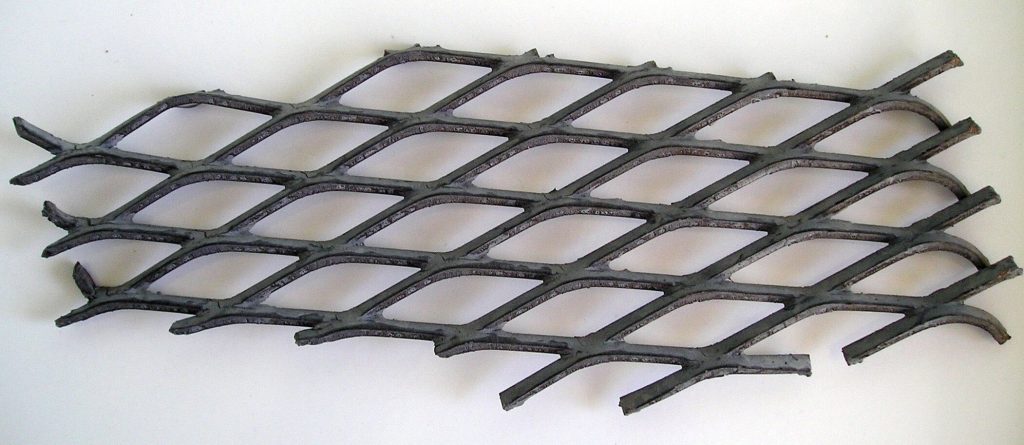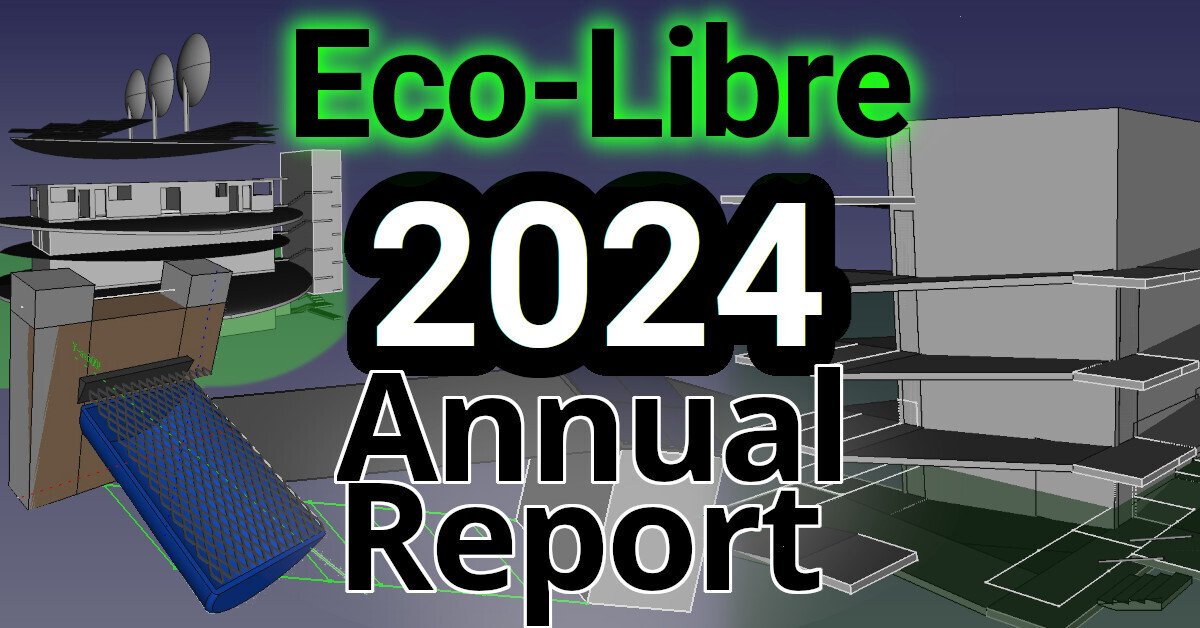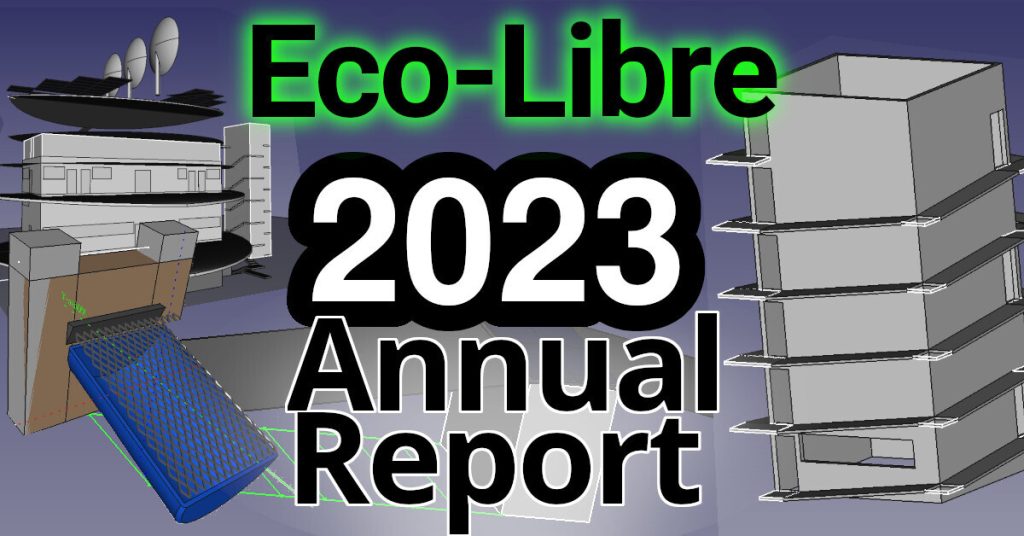We’re happy to announce the release of the Eco-Libre Life-Line version 2025.10.
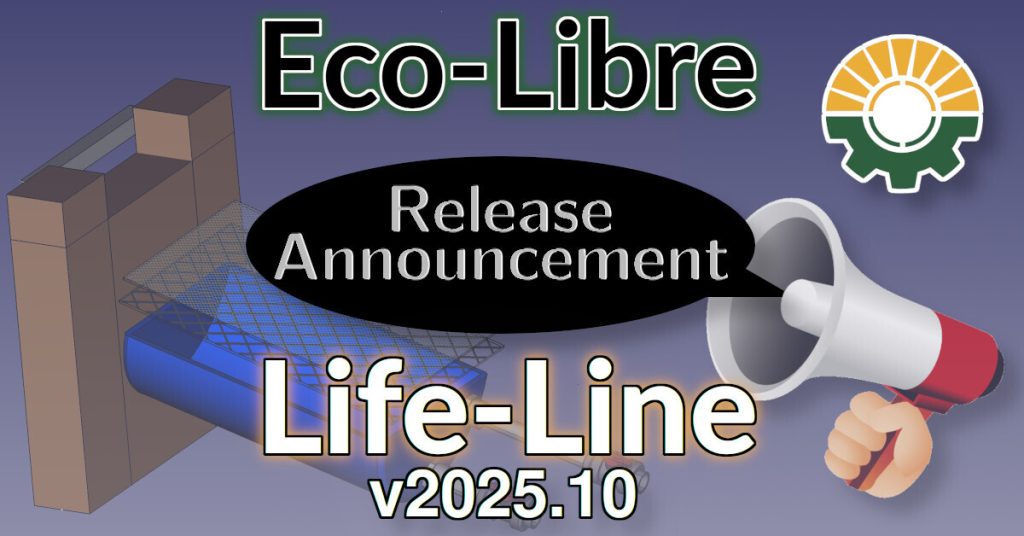
This release concludes the manual merge of the contributions from volunteer Jack Nugent. It includes CAD designs for the self-cleaning, raw surface water intake and sphinx documentation.
🛈 Note: Just want to build it?
This article describes a historical "release" of this project (a snapshot in time of our CAD designs and documentation).
If you just want to know how to build it, see the project's documentation
• eco-libre.org/p/life-line
Introduction
Part of the difficulty in completing this merge was the fact that the Eco-Libre Life-Line’s intake system includes expanded metal as a support structure and a fine mesh for preventing debris from entering the raw water intake drum.
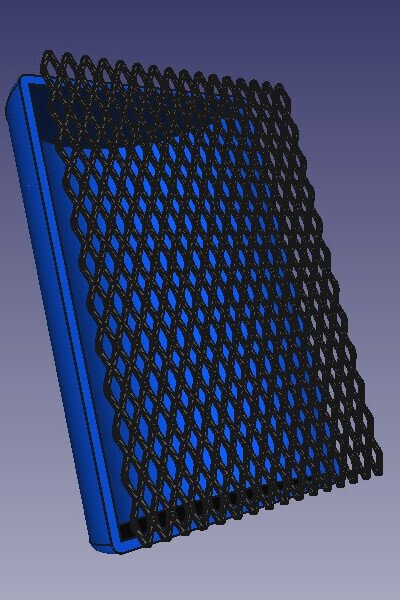
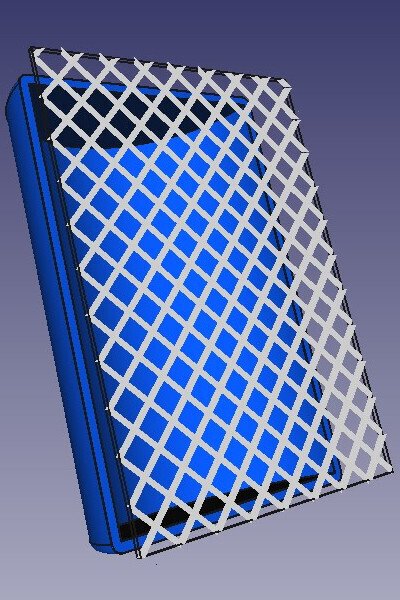
Modeling these materials in FreeCAD caused the MemSize to bloat, crashing FreeCAD. In the past month, Eco-Libre founder Michael Altfield published two articles that described the process to isolate these troublesome objects and how to optimize them with a Draft Hatch. These optimizations (as well as simplifying objects like threaded bolts pipes, valves, and steel angle) reduced the total MemSize from 114.8 MB to 1.02 MB.
Continue reading

